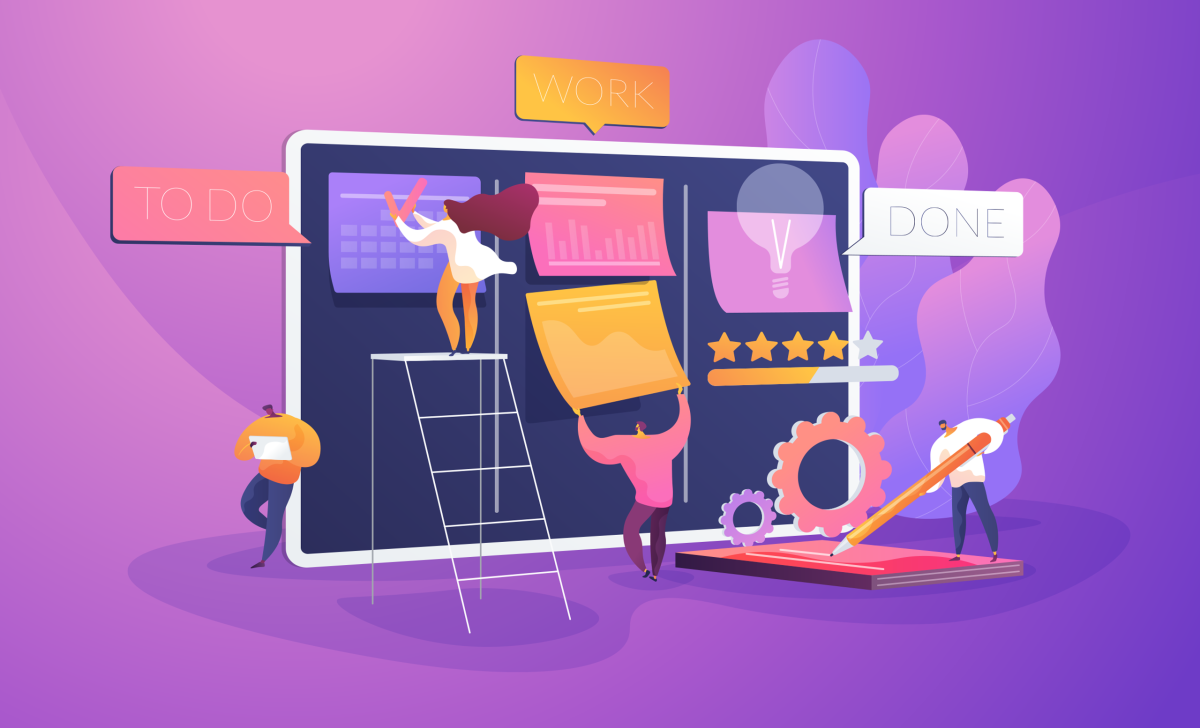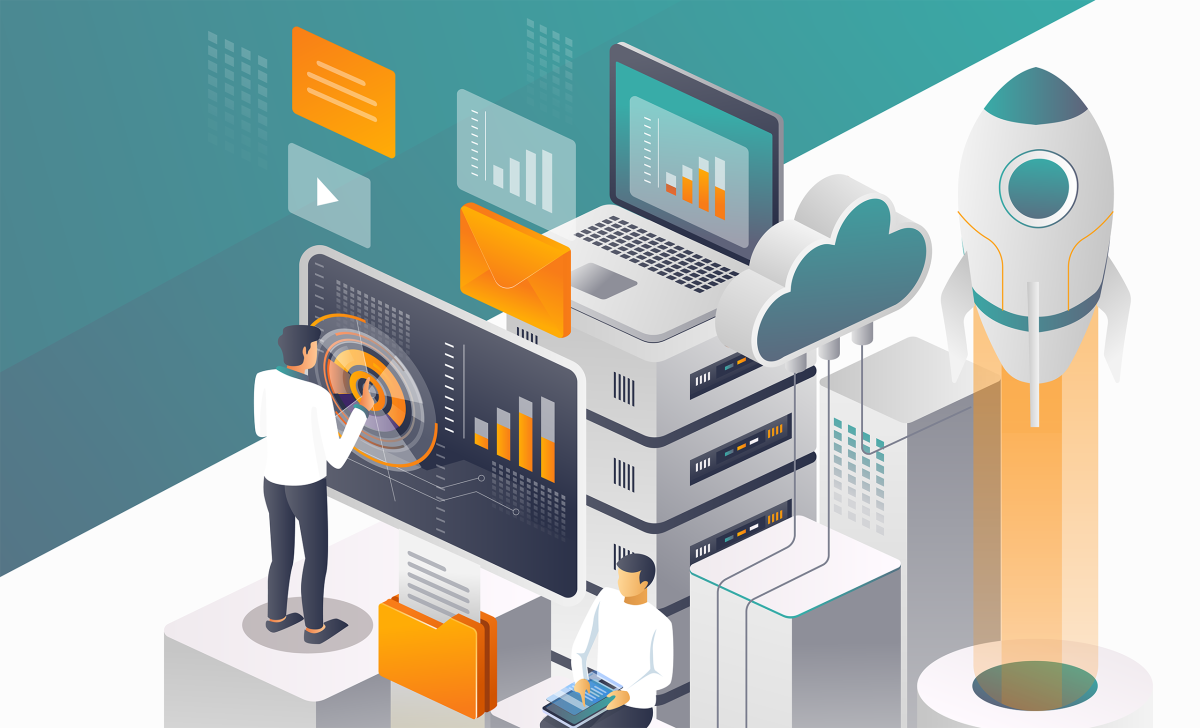In today’s rapidly evolving digital landscape, technology modernization is not just an option but a necessity for enterprise organizations aiming to maintain a competitive edge. By updating legacy systems and embracing modern technologies, businesses can unlock numerous benefits that drive growth, efficiency, and innovation. At Envoc, we specialize in guiding organizations through this transformative journey, ensuring that technology modernization aligns seamlessly with business objectives.
1. Enhanced Operational Efficiency
Modernizing technology streamlines business operations by automating routine tasks and integrating disparate systems. This leads to reduced manual effort, minimized errors, and faster processing times. For instance, implementing advanced enterprise resource planning (ERP) systems centralizes data, facilitating smoother workflows and improved decision-making processes. According to McKinsey & Company, companies that modernize their IT infrastructure can achieve significant improvements in operational performance.
2. Improved User Experience
User-centric modern applications provide intuitive and seamless experiences for both employees and customers. By focusing on design thinking principles, organizations can develop solutions that meet user needs effectively, leading to higher satisfaction and engagement. Envoc’s collaboration with Louisiana state officials to create LA Wallet, the first fully functional digital driver’s license in the U.S., exemplifies how modern technology can enhance user experience.
3. Competitive Advantage
Embracing technology modernization enables organizations to stay ahead of competitors by adopting the latest tools and practices. This agility allows businesses to respond swiftly to market changes and customer demands. As noted by Protiviti, organizations that modernize their applications can differentiate themselves in the market, attracting new business opportunities.
4. Better Data Management and Security
Modern systems offer robust data management capabilities, ensuring data accuracy, accessibility, and security. With the increasing importance of data-driven decision-making, having reliable data management systems is crucial. Additionally, modernizing technology helps in safeguarding against cyber threats, protecting sensitive information from potential breaches. Modern IT infrastructures are better equipped to handle security challenges in today’s digital era.
5. Scalability and Flexibility
Modernized applications are designed to scale effortlessly as organizations grow. This scalability ensures that businesses can expand their operations without facing technological constraints. Moreover, flexible systems can adapt to new business models and processes, providing a solid foundation for future innovations. Adopting modern IT architectures allows organizations to be more agile and responsive to changing business needs.
6. Cost Savings
While the initial investment in technology modernization can be significant, the long-term cost benefits are substantial. Modern systems reduce maintenance expenses associated with outdated technologies and lower operational costs through improved efficiencies. According to Bain & Company, upgrading technology helps businesses reduce costs and improve overall performance.
7. Facilitated Collaboration
Modern applications often come with built-in collaboration tools that enable teams to work together more effectively, regardless of their physical location. This fosters innovation and accelerates project timelines, as employees can share information and ideas seamlessly. Envoc’s development of interactive kiosk software and a marketing website for MobileQubes showcases how technology can enhance collaboration and service delivery.
8. Attraction and Retention of Top Talent
Incorporating cutting-edge technologies like artificial intelligence (AI) and machine learning (ML) not only improves business processes but also makes organizations more attractive to top talent. Professionals seek workplaces that offer modern tools and opportunities for growth. A Reuters article emphasizes that reluctance to deploy AI could cost firms dearly in lost talent, as employees prefer to work for companies at the forefront of technological adoption.
9. Improved Customer Satisfaction
Modernizing technology enables businesses to offer enhanced services and products, leading to higher customer satisfaction. For example, integrating AI into customer service can provide faster and more accurate responses to inquiries.
10. Future-Proofing the Organization
By investing in technology modernization, organizations position themselves to leverage future technological advancements. This proactive approach ensures that businesses remain relevant and can quickly adapt to emerging trends and disruptions. Modernizing IT is essential for companies to thrive in the digital era.
At Envoc, we understand that each organization’s modernization journey is unique. Our approach involves a comprehensive assessment of your current systems and processes, identification of areas for improvement, and implementation of tailored solutions that align with your strategic goals. By partnering with us, you can navigate the complexities of technology modernization with confidence, ensuring that your enterprise not only meets today’s challenges but is also prepared for tomorrow’s opportunities.
Give us a shout if you’d like to explore how a customized technology modernization approach can enable your organization to thrive in 2025.





